Video interview on the formation of a culturally diverse identity
Artefact of the month - August 2024
I do not think I would be Finnish without my grandma and grandpa – they gave me my Finnish identity. Roseanna Avento 19 October 2023
Grandparents’ letters transferring cultural heritage
Finnish-Kenyan Roseanna “Rosi” Avento lived in Kenya with her Finnish father and Kenyan mother until she moved to Finland at 18. For her interview on cultural identity with the Finnish National Museum on 19 October 2023, Rosi brought letters written by her Finnish grandparents, a photograph of her grandparents and a packet of rye crispbread. The interview was held at Old Kuopio Museum in Rosi’s hometown Kuopio.
Letters written by Rosi’s paternal grandparents have been an important link to her family, Finland and Finnish identity. The letters, containing family news, were sent between 1982 and 1992, and were a means of passing on Finnish cultural heritage to Rosi and maintaining important family connections. The letters and years of correspondence had a substantial impact on the formation of Rosi’s cultural identity when she was young.
The letters connected me to Finland and they were a way of learning what was happening in Finland. --- They always sent their love and recounted what was going on in Finland and how our relatives and family members were doing. The letters show our family history – if I shared them with my cousins, we would remember people’s confirmation days and recall what everyone had done. Roseanna Avento, 19 October 2023
Rye crispbread and Donald Duck comics
Together with the letters, Rosi received small packages containing Finnish goods such as rye crispbread, Donald Duck comics and Pupu Tupuna books in Finnish. The rye crispbread was Rosi’s favourite, and the smell of it reminded her of Finland. Her family members living in Kenya also enjoyed this “hard Finnish bread”. Rosi learned Finnish through the correspondence and Finnish comics, enabling her to read the same magazines and books that other Finnish kids were reading. Rosi’s cousins sent her copies of the popular youth magazine Suosikki and introduced her to Finnish music.
Visits to her grandma’s place in Finland were also important to Rosi. She used to bake, take sauna baths and spend Christmas with her. Rosi learned to ride a bicycle in Finland with a bicycle that her grandma bought her. Rosi’s grandma played a central role in building her Finnish identity and helping her learn the language. She helped Rosi maintain a connection with Finland and Finnish culture.
My grandma has been really important to me and, in a way, to my Finnish identity. I probably would not feel like I was Finnish without my grandma, because it was through her I was able to maintain a connection with Finland while I lived so far away on the other side of the world. She helped me learn the Finnish language, which was incredibly important. Roseanna Avento 19 October 2023
Finnish-Kenyan identity
Influenced by two different cultures, Rosi says that her identity does not consist only of being Finnish but also of being Kenyan or, more specifically, belonging to the Kikuyu people. Her cultural identity is reflected in her native language, relationship with nature, food culture and the importance of family. The term “Finnish-Kenyan” used by Rosi’s grandpa in a letter describes her identity well.
My grandpa sent a photo [of me] taken during a previous visit. He wrote that “here stands a Finnish-Kenyan beauty”, and I thought it was quite strange that he had used a term like “Finnish-Kenyan” back in 1987. I have been asked whether I am Finnish or Kenyan. I always answer that I am neither, but I am both. I am not Afro-Finnish but Finnish-Kenyan. My sense of identity is strong. Neither side can be omitted, and I feel equally Finnish and Kenyan. I was really touched by my grandpa’s words. Roseanna Avento 19 October 2023
Memories in writing
During the decade of correspondence, many memories of Rosi’s grandparents were recorded in writing. Rosi says that the letters evoke strong emotions in her. When she touches the letters, she can feel her grandparents near her.
It was wonderful to receive letters and packages. --- I can feel my grandma when I touch her letters. She is near me, and so is my grandpa. --- and I always marvelled at their cursive handwriting, and I tried to learn to write as well as they did. --- sometimes my grandma used these terms of endearment, but my grandpa had a very different style. He wrote: “Dear Rosa, I thank you cordially for your letters and regards.” Grandpa was much more formal, and he had really profound thoughts. I remember thinking that he was really wise. He was great at maths. No matter what numbers you gave him, he could immediately do rapid calculation. And he could wiggle his ears. Roseanna Avento 19 October 2023.
Multi-generational connection
The same multi-generational connection and recognition of her roots is also important to Rosi as she raises her own children. She feels that the presence of her children’s grandparents is similar to the gift she received from her own grandparents as a child.
I think it is very important to know our roots and history --- that the children have a close relationship with their grandparents. --- now here in Kuopio --- my children spend a lot of time with their grandparents, which I find wonderful because now they have been given the gift I once received from my own grandparents, and they learn about the Finnish identity and the Karelian identity from my mother-in-law ---- it is truly a wonderful gift that my husband’s parents have shared with my children. The family’s story will continue and change and be full of love. --- I cherish this so much. Roseanna Avento 19 October 2023
Documenting the diversity of society
Rosi Avento’s interview and the memories recorded in her grandparents’ letters show how a culturally diverse identity can be built through a multi-generational connection and the sharing of traditions. The National Museum of Finland’s duty is to create a multi-voiced image of the Finnish identity that reflects the diversity of society. Material collected by means of contemporary documentation helps us share different individuals’ experiences of being Finnish and the Finnish cultural heritage at different times and in different places. The project contributes to the development and implementation of decolonising and anti-racist approaches that guide the museum’s documentation practices. The aim of this work is to make our society more socially sustainable and equal.
Rania Taina


More information about the project
Launched in 2023, the Diverse Finnish Identity (“Moninainen suomalaisuus”) contemporary documentation project recorded the experiences of culturally diverse, racialised and mixed Finnish people regarding their identity. The video interviews will be made a permanent part of the National Museum of Finland’s collections. The documentation project has been guided by anti-racist values, a collaborative approach and the principles for a safer space. In the project, the National Museum of Finalnd has cooperated with the anti-racism organisation Mixed Finns ry.
We invited ten individuals who responded to our public interview invitation to be interviewed. The interviews were filmed in 2023 and 2024 across Finland. Each interviewee brought to their interview at least one object or photo that reflected their identity and relationship with being Finnish. The objects and photos were examined by means of affect study. In other words, we asked the participants about the emotions or sensations the objects evoke in them.
Sources and further reading
Interview with Roseanna Avento, 19 October 2023.
Eid, M., Hubara, K., Suinner, C., & Pallas, K., 2022. Third culture kids. Otava Publishing Company Ltd.
Hubara, K., 2017. Ruskeat Tytöt: tunne-esseitä. Like.
Jäske, A., Niemi-Sampan, P., Waenthongkham, J., & Suinner, C., 2022. Mixed: suomalaista elämää kulttuurien risteymässä. Kosmos.
The website of the National Museum of Finland, 26 June 2023. The National Museum of Finland is looking for culturally diverse Finns, racialised Finns and mixed Finns for contemporary documentation on identity.
-
2024
-
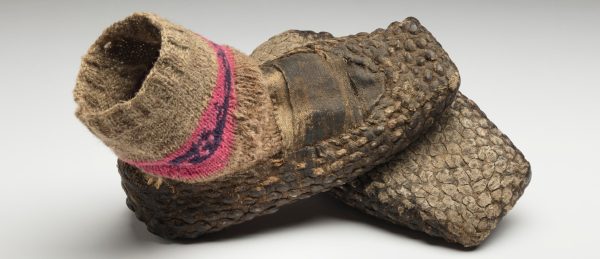 Tallukas slippers from Jämsä
Tallukas slippers from Jämsä
-
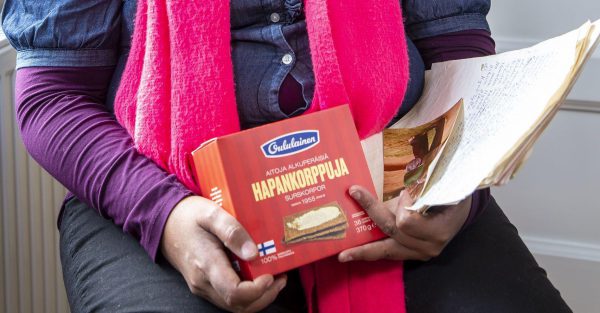 Video interview on the formation of a culturally diverse identity
Video interview on the formation of a culturally diverse identity
-
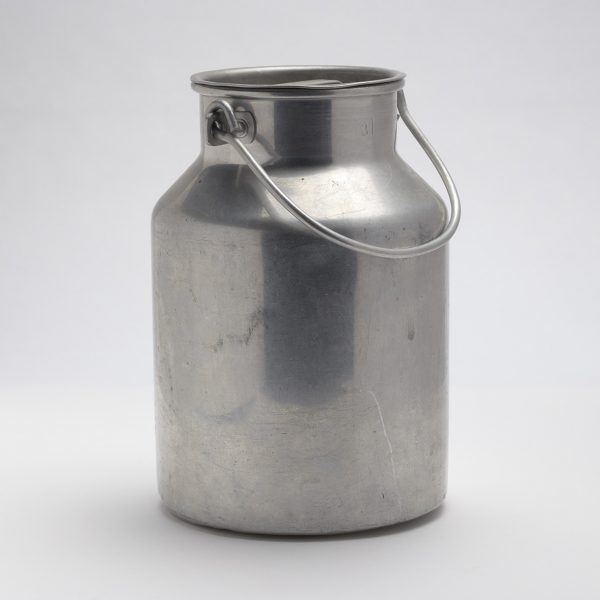 Milk churn – article of daily use and family history memento
Milk churn – article of daily use and family history memento
-
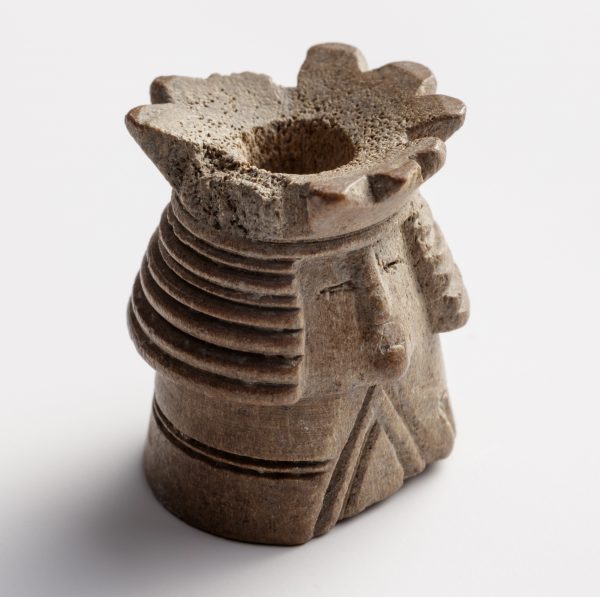 Chess piece from Kuusisto Castle
Chess piece from Kuusisto Castle
-
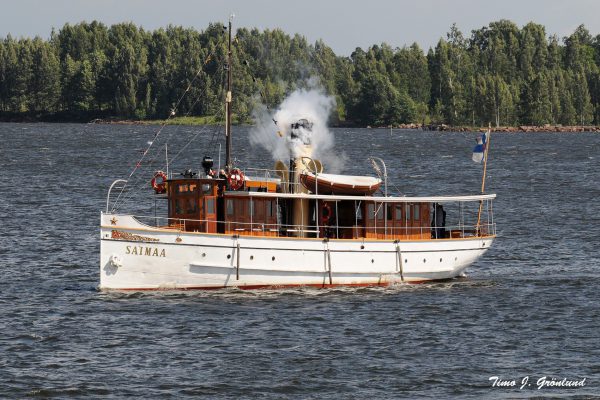 S/S Saimaa
S/S Saimaa
-
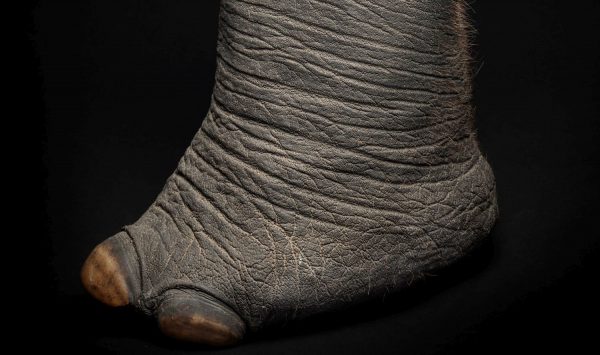 Wastepaper basket made out of an elephant’s foot
Wastepaper basket made out of an elephant’s foot
-
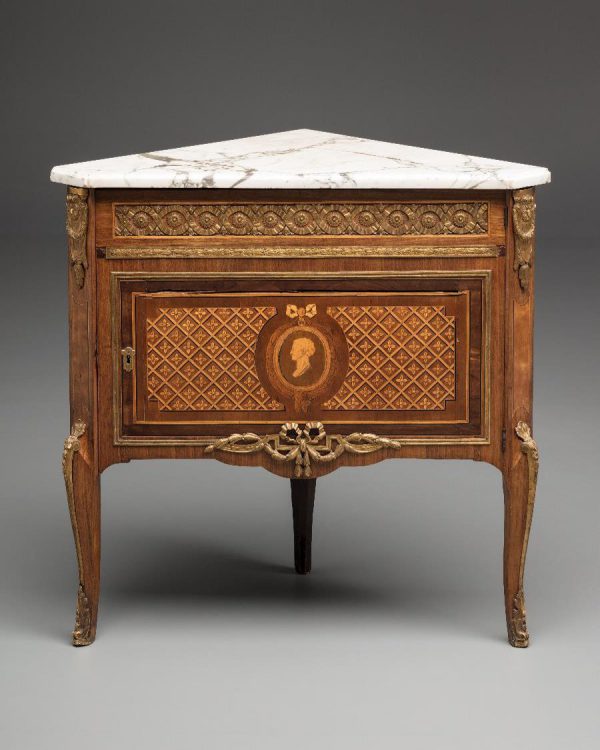 The corner cabinet made by Georg Haupt
The corner cabinet made by Georg Haupt
-
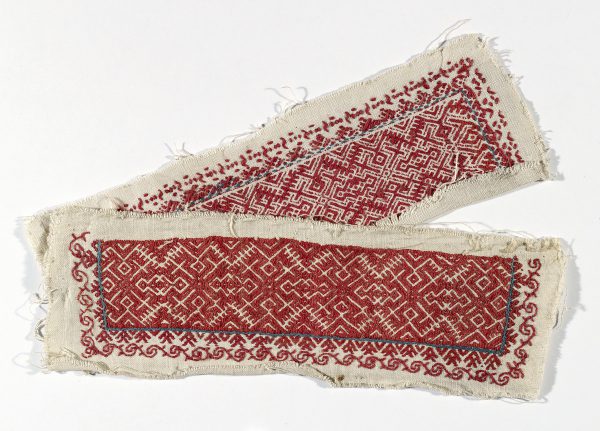 Muiskas from White Karelia
Muiskas from White Karelia
-
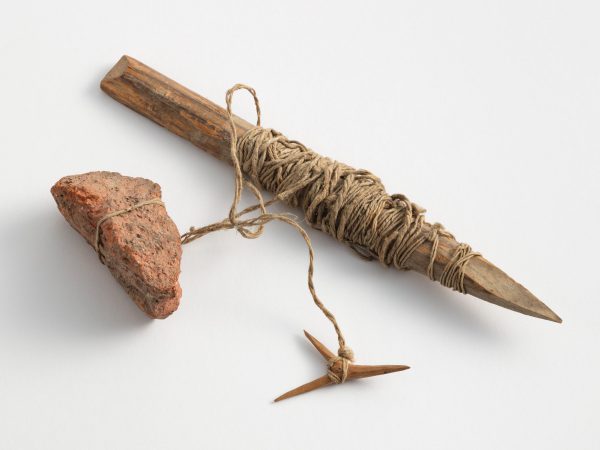 Burbot hook
Burbot hook
-
-
2023
-
2022
-
2021
-
2020
-
2019
-
2018